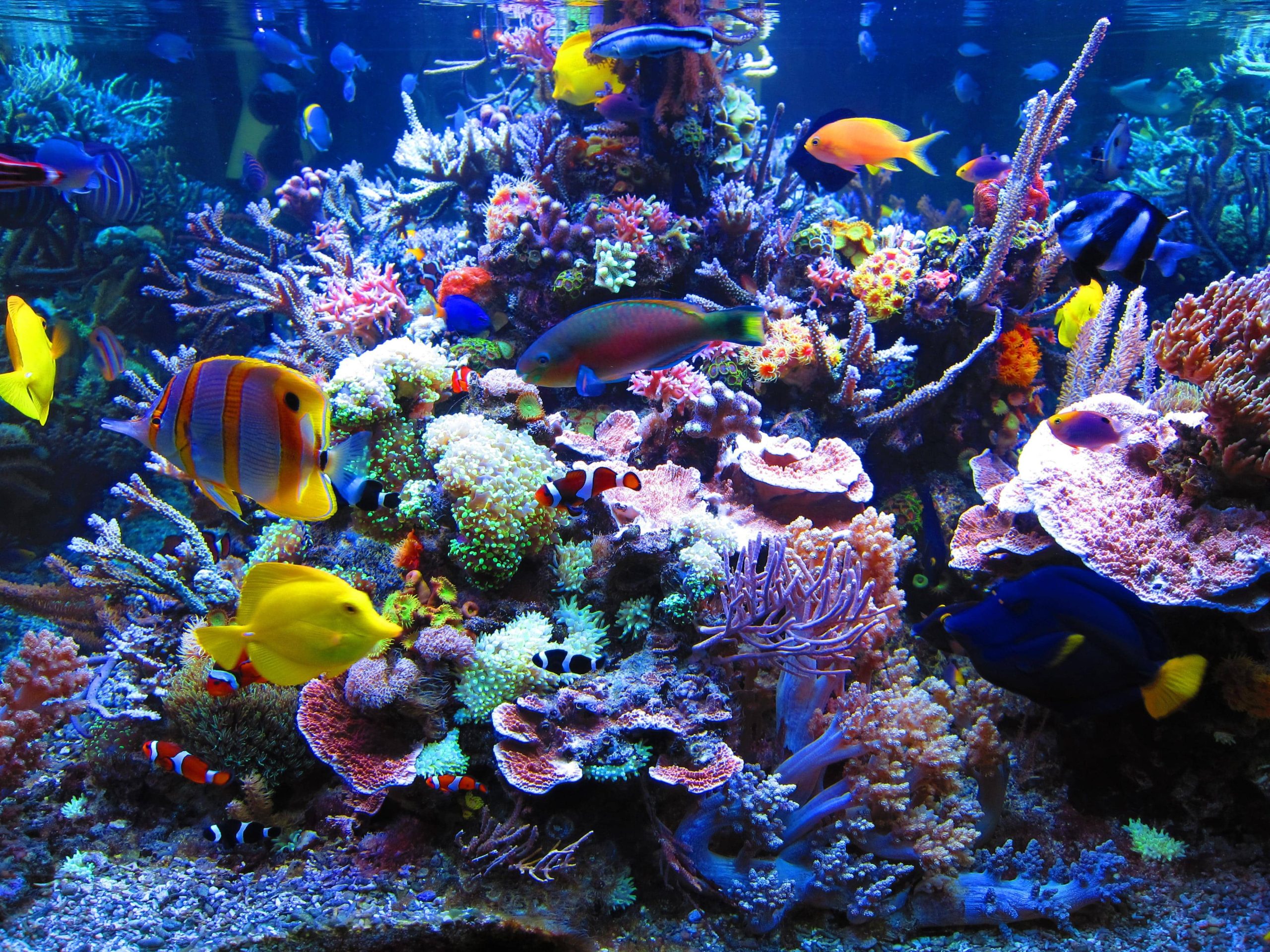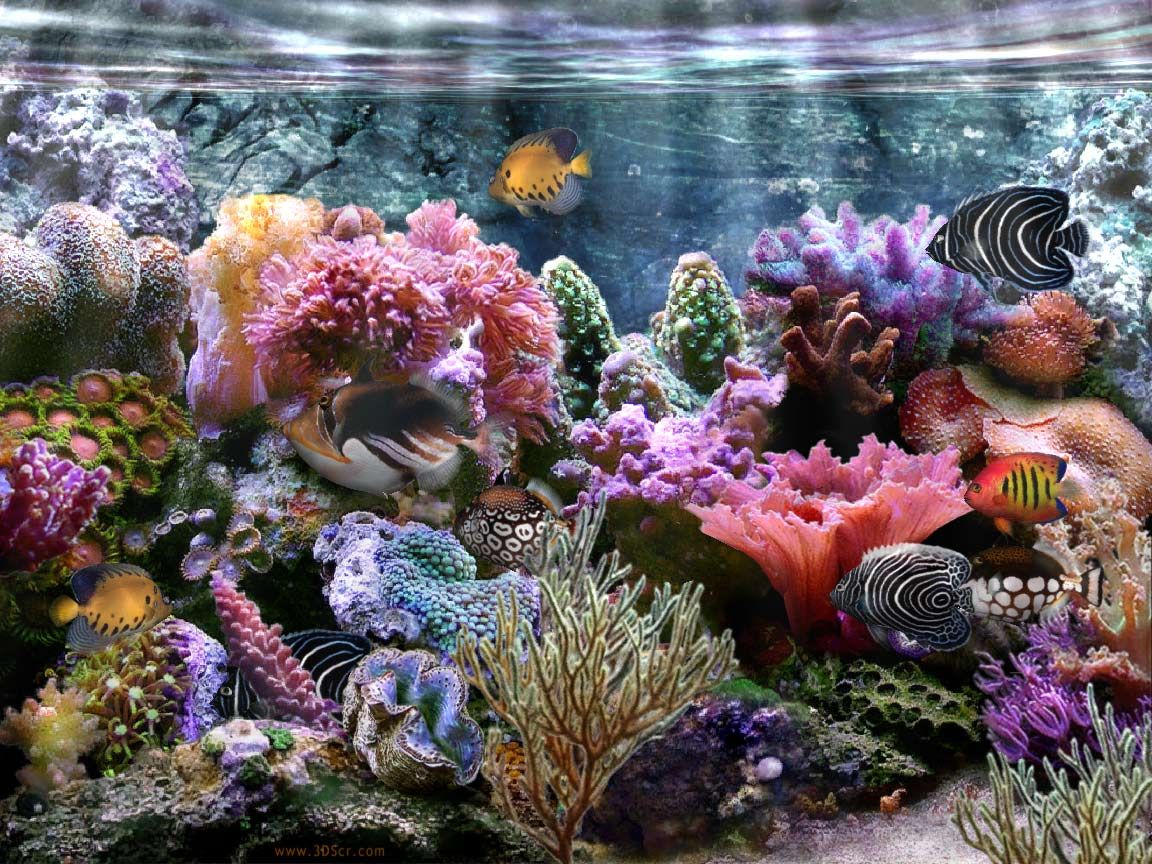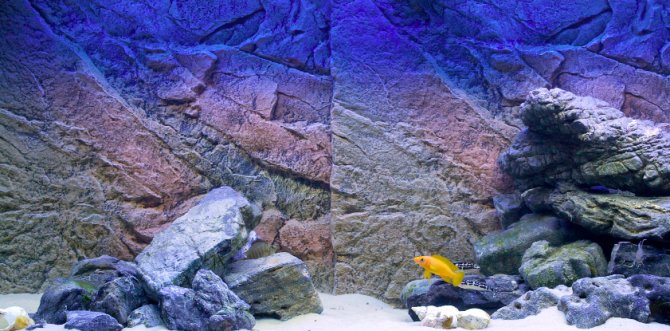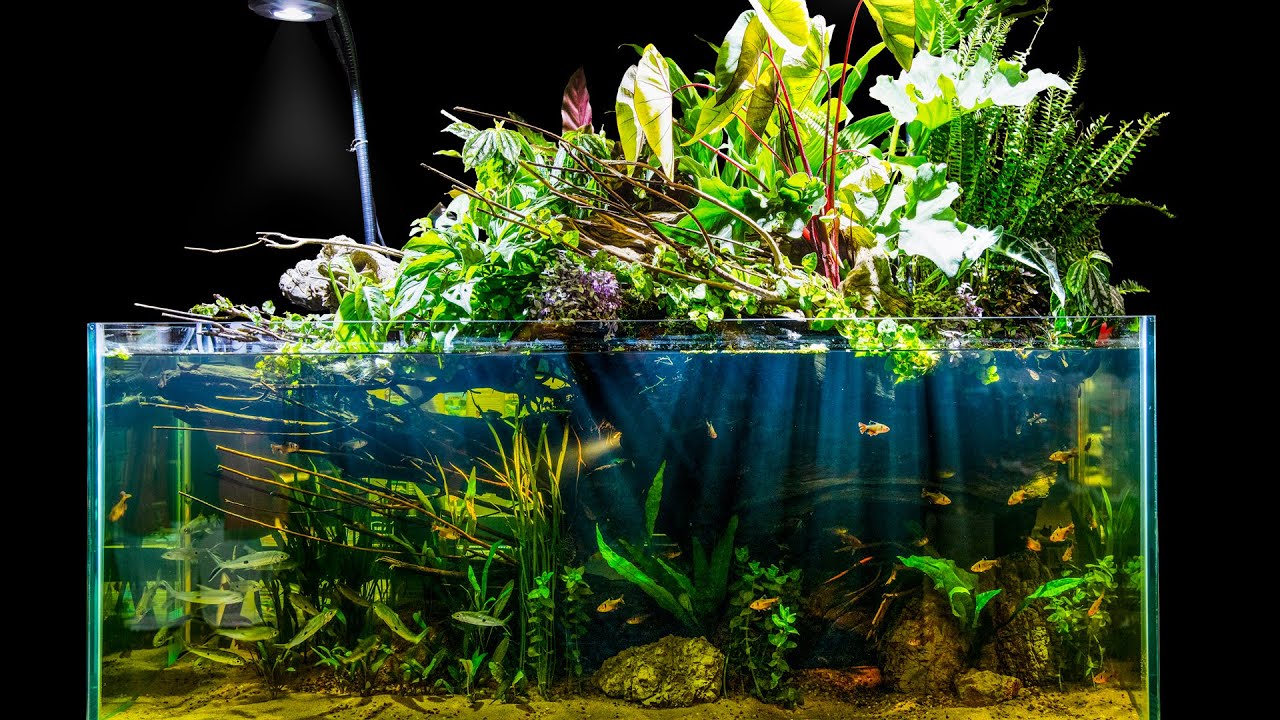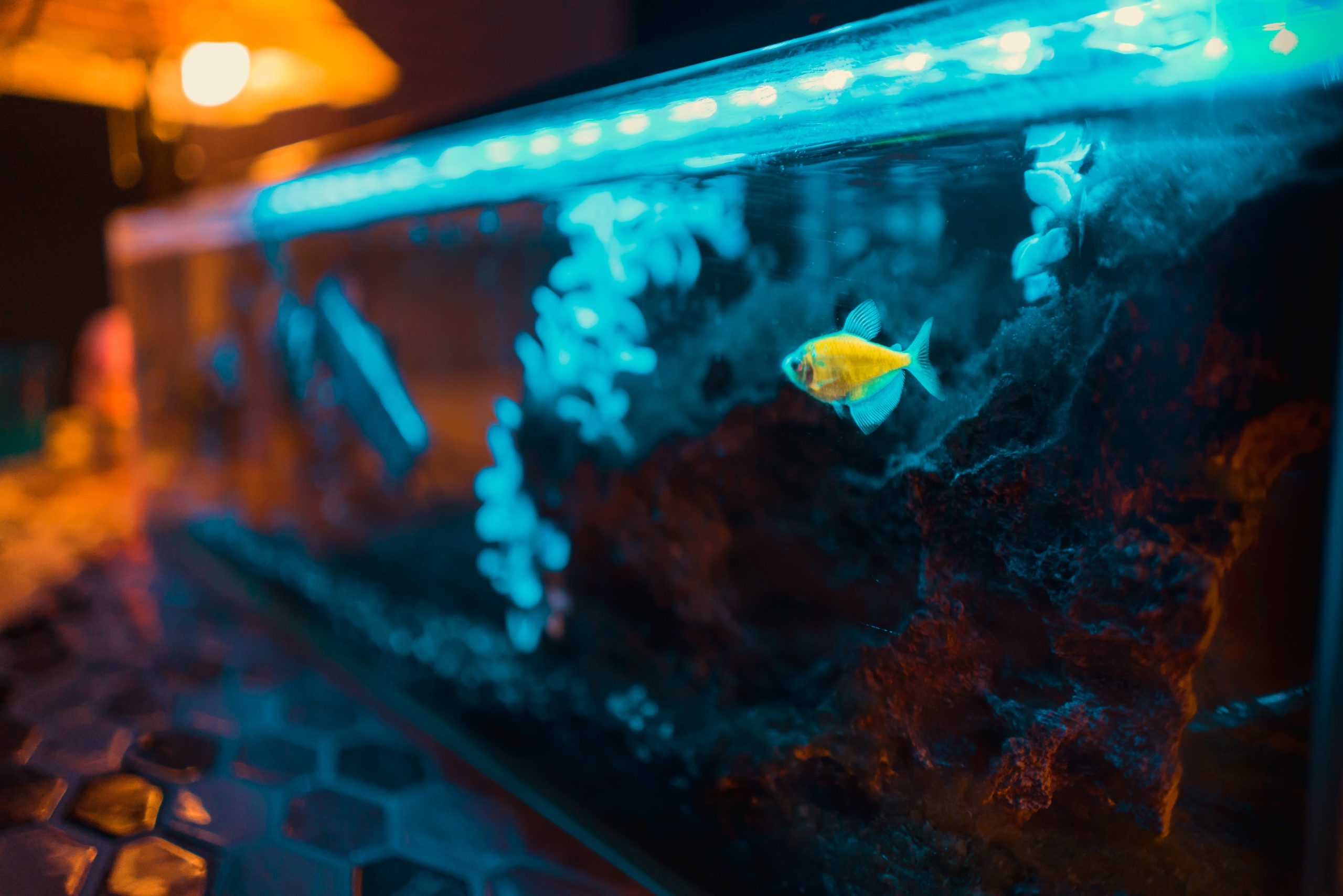The lighting we use in our aquariums has two main purposes. One of them makes the aquarium look beautiful. Another purpose of illumination is to provide the light that plants need.
A wrongly adjusted lighting pattern can have irreversible consequences for living things. For this reason, the needs of the fish and plants in the aquarium should be taken into account when choosing among aquarium lighting equipment. Again, the creatures that need the most light in aquariums are plants and corals. Plants need light to photosynthesize and corals to survive. If there are plants or corals in your aquarium, you should consider the light requirements of the corals and plants when choosing lighting. So what are the types of lighting for the aquarium? What should you look for when choosing aquarium lighting?
What are the Types of Aquarium Lighting?
Lighting is required for the healthy growth of the plants in the aquarium. Plants must perform photosynthesis, and this applies to plants that can survive in an aquatic environment. Choosing the right lighting depends on the plant species in your aquarium. Because excessive or insufficient light will have equally negative consequences. Insufficient illumination will cause the stems of the plants in the water to elongate, and excessive illumination will cause algae growth that causes fading and an increase in temperature. In this sense, we can briefly explain the most used lighting types to assist you in the selection of aquarium lighting as follows.
Fluorescent Lamps
Standard Fluorescent Lamp
It is generally preferred by those who are new to the aquarium hobby. These fluorescents can be enough to make aquariums look natural and aesthetic. A standard fluorescent lamp can be used for aquariums with only fish. In addition, it is possible to find fluorescent lighting in lengths varying between 45 and 182 cm.
T5 Fluorescent Lamp
Another type of lighting that can be preferred for aquarium lighting is T5 fluorescent. Similar to standard fluorescents, these tubular aquarium lighting; It can also be used in aquariums with plants and reef aquariums. The lifetime of T5 fluorescent lights with a diameter of 16 mm is between 9 and 12 months. After this period, they must be changed. These fluorescent lamps, which can affect up to 60 cm, can also be used in addition to metal halide aquarium lamps.
T8 Fluorescent Lamp
The light intensity of T8 fluorescent lamps is lower compared to T5 lamps. For this reason, they are mostly preferred for aquariums with only fish. Again, in cases where T8 fluorescents are used, a reflector is required to spread the light into the aquarium. Changing these fluorescents, whose lifetime ranges from 9 to 12 months like T5 fluorescents, is quite easy. In addition, they are not recommended for aquariums with a depth of more than 60 cm.
LED Lights
The efficiency and reliability of LED lights, which are among the aquarium lighting types, are very high. These LED lights, which can be used in marine and freshwater aquariums, including reef aquariums, do not release heat even when they are above water. In addition, they have a much longer life compared to fluorescent aquarium lighting and metal halide lamps. In fact, their lifetime can reach 50 thousand hours. In other words, they can be used for many years without any significant loss in light quality and intensity.
The green and yellow light emitted by aquarium LED lighting types is less compared to another aquarium lighting. Therefore, the brightness becomes less. However, by rotating the lamp, the light can be reflected effectively, thus increasing energy efficiency.
Bulb Lights (Incandescent Lamps)
Although bulb lightings, which is commonly used in homes, are more affordable than other lighting types, they are generally inefficient. The color of the light emitted by these lightings is less than 2800 Kelvin. Bulb illumination close to the red wavelength therefore generates a significant amount of heat. Bulb lighting, which is generally inadequate in terms of efficiency and not recommended for the light colors they emit, can be used as supplementary lamps if red colors are not included in the spectrum of another lighting. Cool white fluorescents are examples of lamps that do not contain red or infrared colors in their spectrum.
Halogen Lighting
Halogen lights are similar to bulbs in terms of light characteristics. However, they are more efficient and longer-lasting than bulbs. The initial installation cost of these lights, whose color of the light they emit is around 3 thousand Kelvin, is higher than the bulbs.
Mercury and Sodium Vapor Lamps
These types of lamps are used in street lamps due to their high efficiency and high light source. Mercury and sodium vapor lamps, which can also be used for aquarium lighting, increase the temperature of the water as they emit high temperatures. Therefore, it is necessary to use aquarium coolers or fans together.
The light emitted by mercury vapor aquarium lighting is similar to the lights emitted by daylight type fluorescents. In addition, the light spectrum contains very little red light. The installation cost of these aquarium lamps, which have a long life, is high. For this reason, it is recommended to use more daylight type fluorescents.
Sodium vapor lamps, another type of lighting, produce yellow light and their light spectrum does not support photosynthesis. They are not recommended for use as aquarium lighting for this.
Metal Halide Lighting
Metal halide lights are long-lasting and highly efficient. However, attention should be paid to their use due to their high-temperature emission. In this sense, it may be necessary to use metal halide lamps and an aquarium water cooler or fan. Again, these lightings can be found in different strengths. However, they are those that can produce light at a recommended temperature of at least 5 thousand Kelvin.
Conclusion
When choosing among these lightings, the structure and dimensions of the aquarium should definitely be considered. For example, it is very difficult to illuminate triangular aquariums with fluorescent lamps. Due to their shape, it is difficult to fit enough fluorescence in the cover, and different sizes of fluorescents are needed. Again, the plants to be kept in the aquarium should be taken into account in the selection of aquarium lighting. Because every plant species needs different light. In addition, care should be taken to keep the lights on for 10 – 12 hours a day in order to provide the illumination needed by the living creatures in the aquarium.


